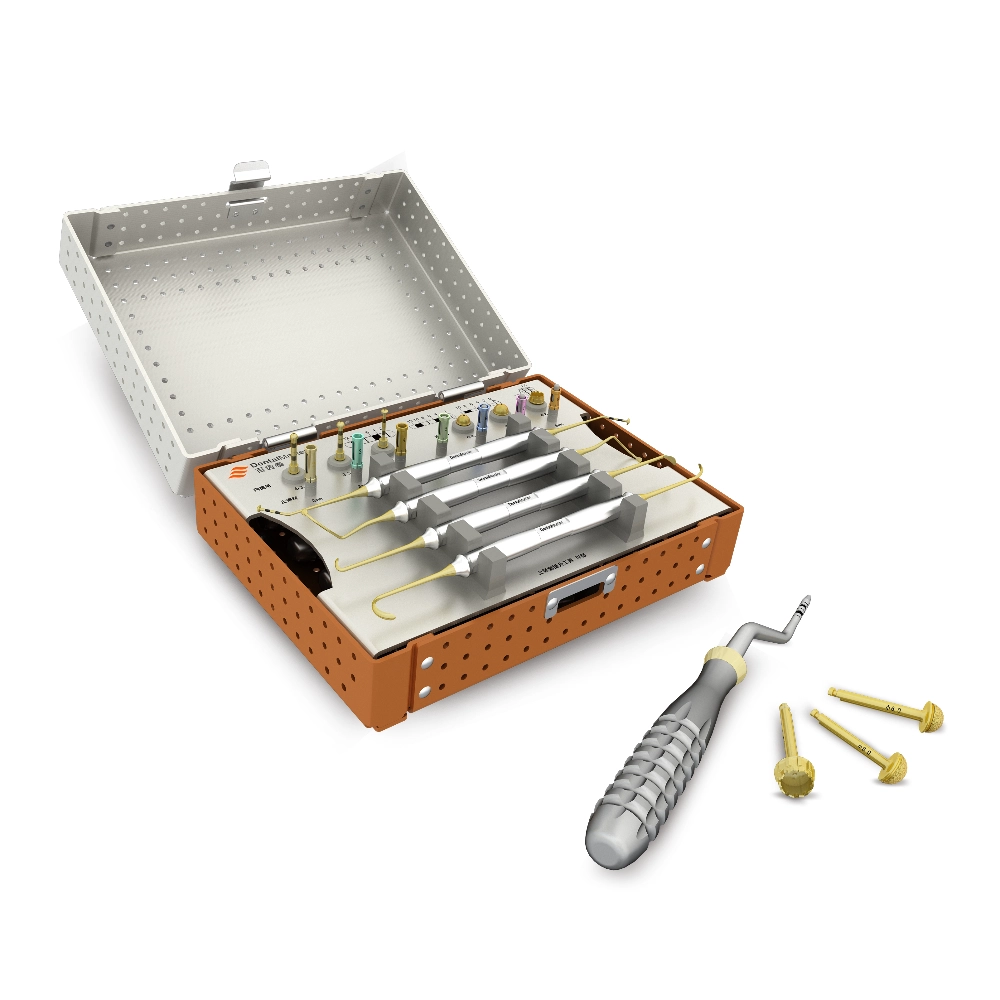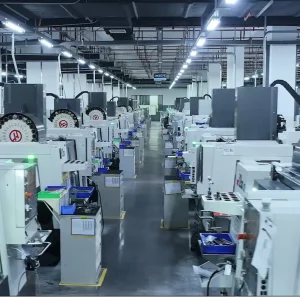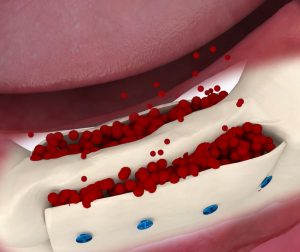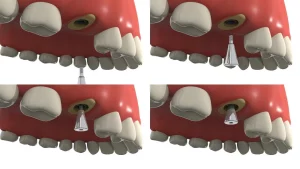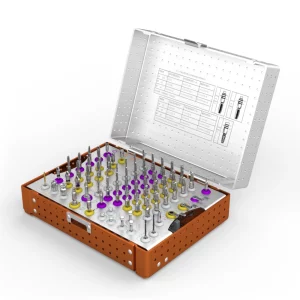The maxillary sinus lift is a common surgical procedure aimed at creating sufficient bone volume in the maxilla for dental implant placement. In order to increase the amount of bone between the maxillary sinus and the jaw, a bone graft is placed between the maxilla and the membrane nearest the posterior teeth during this surgical procedure. Because maxillary bone is usually of inferior quality and quantity, dental surgeons often use this surgery to strengthen the jawbone and guarantee proper implant implantation. Loss of teeth in the maxillary sinus, which is situated above and below the upper back teeth, may cause a deficiency of the supporting bone. In order to provide room for the bone and dental implants, the sinus membrane is raised during surgery, and bone is implanted between the sinus and the mandible. This operation may be carried out in conjunction with or before implant insertion, hence increasing treatment results overall.

Why is a sinus lift necessary?
The maxillary sinus lift is to solve the problem of insufficient maxillary bone mass, by increasing the bone mass to ensure the successful implantation and stability of the implant.
- Insufficient bone mass: The height of the maxillary bone may be reduced due to tooth loss, bone loss, maxillary sinus expansion, etc., and it cannot directly support the implant.
- Anatomical limitations: The anatomical structure of the maxillary bone makes it have relatively little bone mass, especially the maxillary sinus occupying the posterior space, which limits the placement of the implant.
- Increasing the success rate: Through the maxillary sinus lift, the maxillary bone mass can be increased, providing a more stable support environment for the implant, thereby improving the success rate and long-term stability of the implant.
Graft material selection in maxillary sinus lift surgery
A solid support structure and bone development may be achieved in maxillary sinus lift surgery by using a range of bone graft materials. These materials include but are not limited to, synthetic materials, autologous bone (the patient’s own bone), allogeneic bone (bone from other people), and xenogeneic bone (bone from cattle, for example).
An overview of common materials
Bio-Oss: A highly processed sterile bovine bone product, Bio-Oss is one of the most often utilized materials in maxillary sinus lift surgery. Because of its strong osteoconductivity and high biocompatibility, it is safe to employ in the human body to encourage the growth of new bone.
Resorbable membranes (like Bio-Gide): The physician may wrap the bone transplant with a dissolvable membrane to better safeguard it and encourage recovery. Pig generated, Bio-Gide is a resorbable membrane that acts as a barrier to promote the formation of new bone while also progressively disintegrating inside the body.
Personalized selection:
The best graft material and auxiliary goods will be selected by your surgeon depending on your unique circumstances (such as your maxillary bone structure, health, preferences, etc.). Before the process, they will go over everything in detail with you to make sure you understand and approve of the materials being used.
Types of Sinus Lift Surgery
A sinus lift is a surgery done in a professional medical environment to raise bone volume in the maxilla to facilitate the stable implantation of implants. The surgery is normally conducted under local anesthetic or with the use of intravenous sedation, and general anesthesia may be needed in difficult circumstances. There are two primary methods for sinus lift surgery, which vary depending on the particular circumstances:
- Direct Sinus Lift Surgery: Lateral Window Technique
Features: The lateral window procedure exposes the maxillary bone directly by creating an incision in the gums, much as the standard sinus lift method.
The procedure involves making a “window” in the maxillary sinus, pushing bone fragments into the sinus cavity to enlarge the opening, and then using bone grafts to fill the empty space.
Healing period: The bone transplant needs four to six months to heal and join with the surrounding tissue once the incision is sutured. In some instances, the implant may be inserted right away during the surgical procedure.
- Indirect Sinus Lift Surgery, or Osteotomy Technique
Conditions that make this approach suitable: the maxillary sinus floor lift height should be anticipated to be short (less than 4 mm) and the natural bone height should be adequate (more than 6 mm).
Procedure: A tiny incision is made in the bone to receive a little bit of gum tissue that will later be removed. The sinus floor is softly tapped with a specific bone knife to raise it to the correct position. During this operation, dental implants are often put.
Benefits: The bone knife approach is less intrusive than the lateral window procedure, and patients may heal from surgery more quickly.
Healing time: The process of achieving bone integration—a strong bond between the implant and the bone graft—also takes four to six months.
Each of the two methods mentioned above has unique qualities. Based on the unique circumstances of the patient (such as maxillary bone structure, expected lift height, patient health status, etc.), the surgeon will select the best surgical technique.
Recovery Process After Sinus Lift Surgery
The duration of recovery mainly depends on the type of sinus lift surgery performed and individual health conditions. Generally, daily activities are not significantly restricted post-surgery, but it is advisable to avoid strenuous activities to promote healing.
Common Symptoms:
- Swelling: There may be some degree of swelling around the surgical area, which is normal and will gradually subside over time.
- Mild bleeding: There may be slight bleeding in the nose or mouth area, which can be alleviated with gentle pressure or cold compresses.
- Medication Assistance:
- Antibiotics and Antimicrobial Mouthwash: Used to prevent infection and ensure cleanliness and sterility of the surgical area.
- Pain Relief: Help reduce any discomfort that may arise post-surgery, ensuring a comfortable recovery.
- Decongestants or Saline Sprays: Aid in keeping the nasal passages clean and moist, alleviating potential nasal congestion.
- Anti-inflammatory Medications: Reduce swelling and accelerate the recovery process.
Post-Operative Guidance:
- Detailed Instructions: Your surgeon will provide personalized post-operative care instructions, including diet, oral hygiene, medication use, and follow-up arrangements.
- Regular Check-ups: Follow your doctor’s recommendations for regular check-ups to monitor recovery and promptly address any potential issues.
In summary, the recovery process after sinus lift surgery is relatively smooth. By following your doctor’s guidance and providing appropriate care, most patients can achieve a successful recovery.
Risks and Complications With Sinus Lift Surgery
Although sinus lift surgery is safe, it does carry certain risks and possible complications. The main risk is puncture or tearing of the sinus membrane, which can be fixed with a repair, but in extreme cases, surgery may need to be suspended until the membrane heals. Other possible risks include infection, inflammation, pain, itching, sinusitis (which may require surgical correction), graft failure (which is rare), scarring, and allergic reactions or tissue or nerve damage. Patients should fully discuss with their doctors before surgery to understand and prepare for these potential risks.
Alternatives to Sinus Lift Surgery
For patients needing to increase the bone volume of the maxilla to support implants, there are several alternative options besides sinus lift surgery:
Short implants or combination of short implants:
Suitable for patients with relatively good bone quality, eliminating the need for complex sinus lift procedures. While short implants may increase the risk of failure, combining multiple short implants can help distribute the load and enhance overall stability. However, they may be more prone to complications like loosening or fracture.
Reducing the Number of Implants and Placing Them More Anteriorly:
By reducing the number of implants and placing them in a more forward position, sinus lift surgery can be avoided. Bone grafting may be needed at other implant sites to provide adequate support. However, fewer implants may affect chewing efficiency and stability, requiring assessment based on individual occlusal force and habits.
Angled Implants:
These implants can bypass the sinus area, reducing surgical complexity. Restoration options may include removable dentures or fixed bridges, with long-term survival and success rates comparable to traditional implants.
Fixed Bridges:
Including resin bridges and traditional bridges, the former directly bond to adjacent teeth while the latter require grinding down adjacent teeth for crown placement. They are suitable for cases with shorter spans and well-structured neighboring teeth, but care must be taken to protect the health of adjacent teeth and avoid excessive wear.
Dentures:
For patients unsuitable for implants or bridges, removable dentures offer a practical and economical choice. Regular cleaning and maintenance are essential to avoid discomfort from prolonged wear.
Zygomatic and Pterygoid Implants:
A more complex surgical option for patients with severely resorbed maxillary bone. These longer implants, angled to engage facial bones, provide robust support. This procedure carries a higher difficulty level and should be performed by an experienced surgeon.
Accepting Gaps:
If other teeth in the mouth are functioning well and missing teeth do not impact daily life, patients may opt not to replace them. Regular check-ups are necessary to ensure oral health and prevent other teeth from shifting or loosening due to gaps.
Each alternative has its indications and limitations, and patients should choose the most suitable treatment plan based on thorough communication with their healthcare provider, taking their individual circumstances into account.
Sinus Lift Surgical Kit
Perform a sinus lift procedure with the Sinus Lift Surgical Kit. Dental Master’s Sinus Lift Surgical Kit is a comprehensive set of tools designed specifically for sinus lift procedures. It includes high-precision instruments that safely and effectively lift the sinus membrane to create space for bone grafting. Each tool is ergonomically designed to enhance control and reduce procedure time, providing surgeons with the precision needed for successful outcomes. The kit accommodates both traditional lateral and apical sinus lift techniques, making it a must-have for dental professionals seeking efficiency, safety, and patient comfort during sinus augmentation procedures.
